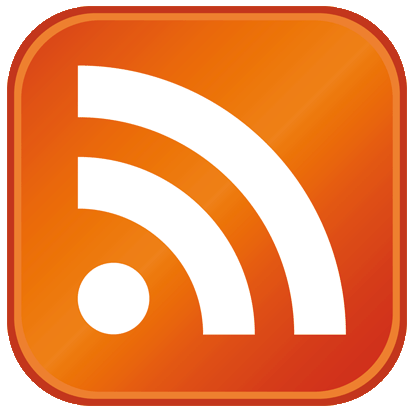
© Unknown
Keeping up with the news from your favorite Web sites can be a daunting task. Dozens of items might get posted in a day and content can surface (and get buried) in multiple places on a home page. Instead of returning over and over to the site, why not let the publication's contents come to you?
That's the idea behind RSS, which stands for Really Simple Syndication. As its name implies, RSS brings to you most or all of everything that publishes on Web sites that offer (free) RSS subscriptions.
"RSS is the most popular way to get your favorite web content without a browser," said Rogers Cadenhead, chairman of the RSS Advisory Board, a group that oversees the Web format.
A good way to think of an RSS feed is as a paperboy who delivers the news right to your doorstep, rather than you having to go out and obtain a copy of the newspaper.
"Instead of making you click around to see if anything's new, RSS brings the information to you," Cadenhead said.
Read the feedsSyndicated content is collected in software known as an
RSS reader, and usually presented in the form of the original articles' headlines. These clickable headlines link to the original, full article on its native Web site.
This setup is an advantage over scanning a Web page for its article titles and clickable links to read the full story; rather like the paper-hawking newsies of yore hollering on street corners, the headlines are clearly announced in an RSS reader without you having to dig for them.
RSS readers also let you sort sites into categories of your choosing or making, such as "Sports" and "Music" for example. That way, you can monitor the stories on ESPN.com and Rolling Stone.com, say, without having to directly visit and navigate their respective home pages.
A well-known free reader is Google Reader, but many different kinds exist and offer distinctive features for organizing and displaying the syndicated content.
Sign up!Once you have picked your reader, signing up for a Web site's RSS feed is easy: simply look for a small, square, orange icon with three white
"radio waves" on it (a mini-version of the image at top of this article), or the nearby text identifying the site's feed options.
Take this link that lists recent stories and insert it into your RSS reader where it will say something along the lines of "add a subscription." In most readers you can also enter a Web site's name or brand and the reader will locate the feed - try entering "TechNewsDaily," for instance, to get our
RSS feed.Since 1999, RSS has grown to now appear on virtually every major news site and most blogs, so staying up on news and views courtesy of the Internet has never been easier. "RSS turned ten last year, so at this point it's a stable part of the Internet's infrastructure that all developers and web publishers can count on," Cadenhead said.

One major problem with RSS feeds is that they invariably contain either only a headline and a link, or a very short sentence and a link. So you wind up using your Web browser anyway.
That said, OStatus technology is on course to make RSS a thing of the past. OStatus combines 4 technologies into one, making communication a two-way street with centralized drop points and subscriptions. In analogy, imagine that you have an inbox (not unlike your email inbox) where you subscribe to John Doe's Facebook profile, and Jane Doe's Twitter page, SoTT's Web site, etc; then any time they add new content you immediately get that content in your inbox; and you can respond to it; and when you respond your response immediately shows up on their end. That's how OStatus works in a nutshell.